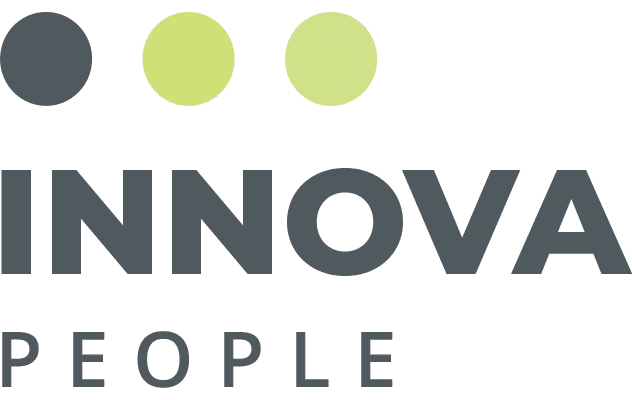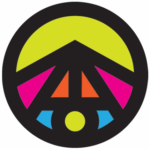Oh, the dreaded email inbox. Or can it be a career booster? It depends on how you look at it.
If you move beyond the transactional function of email and shift to a more mindful approach, you can use it to help fuel your success. Here are a few simple emails you can send each week that isn’t a time suck but can help you stay top of mind for opportunities, strengthen connections, and act as a motivational tool.
An email to yourself.
Even after a long week, the last email you send on a Friday should be to yourself. In the subject header, write in capital letters one of your core values or your power word. Now when you open that baby up first thing Monday morning and see the word “INNOVATIVE” or “STRONG” staring back at you, it can set the tone for the week ahead.
Or write down a weekly rundown. List off your wins, what you learned, and the goals you met.
The Thank You email.
This tip may be our favorite. Take the time each week to email one person who deserves your unsolicited praise and appreciation. We all love to feel appreciated. Think about the last time someone went out of their way to show that you are valued.
“I’m so glad we get to work together. Thanks for being my sounding board” is all you need to say to make a lasting impact.
The Mentor email
Is there somebody that you admire and is where you want to be a few years? Send them a message and let them know how their work has impacted you. You never know those emails can lead to great phone calls and mentoring opportunities, which leads to your personal growth.
Don’t be a burden on others; make the requests small and easily doable. But don’t underestimate the potential here; establishing a steady cadence of micro-learning is an easy investment you can make in yourself.
The Stranger Email
Just met someone at a conference or a training session? Send them an email. Expanding your network enables you to have diverse conversations and get new viewpoints. According to Charles Duhigg in his book, The Power of Habit, when it comes to learning about new opportunities, “weak ties” trump “strong ties”. We tend to have similar discussions with the people we see regularly. By striking up a chat with someone you just met may lead to new learning opportunities and open yourself up to different ideas.
Give these emails a try and let us know your results!



